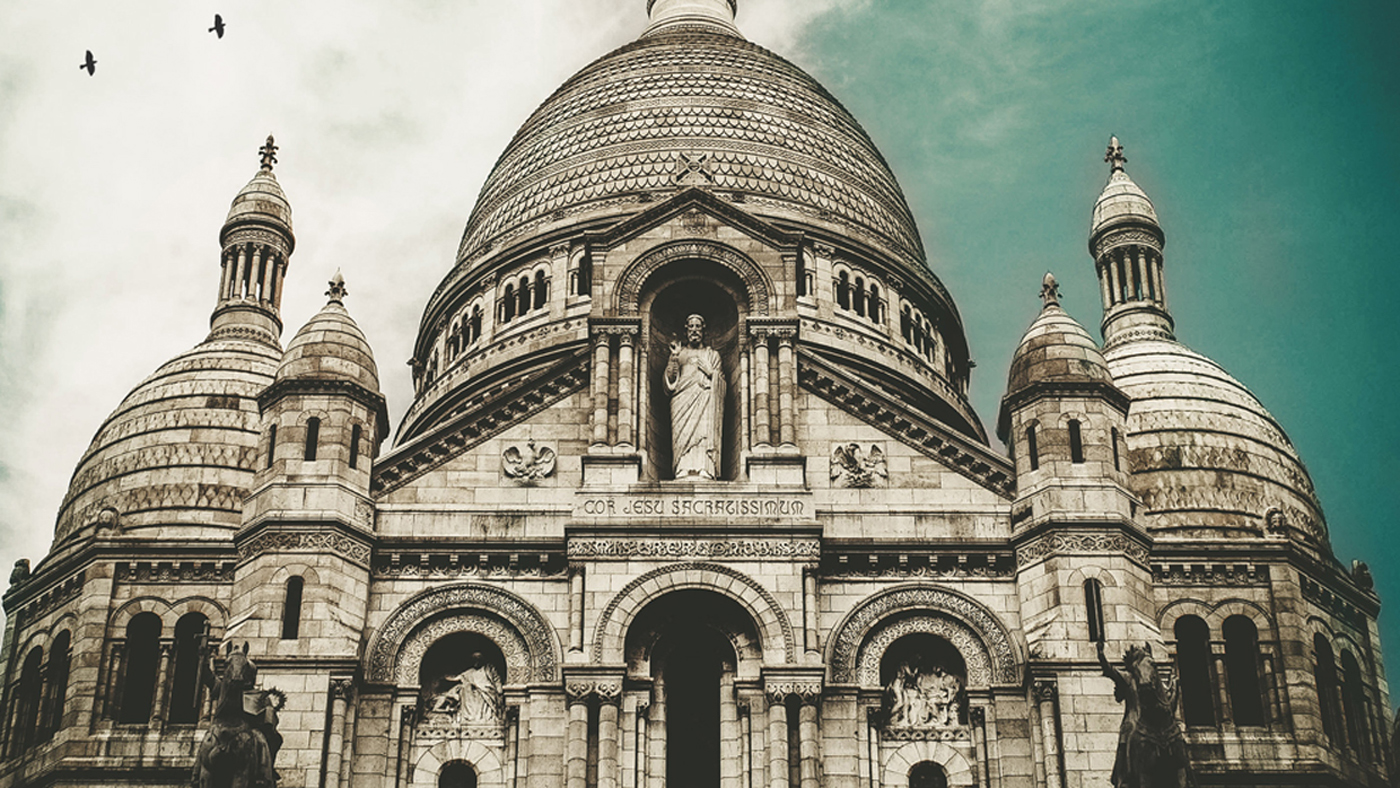The New Testament speaks of a large church in Jerusalem meeting together in a public space (e.g., the outer court of the temple in Acts 2:46) and in smaller groups in houses (e.g., the house of Mary, mother of Mark, in Acts 12:12). This practice must have been carried on in many cities of the Roman empire. For the most part, the church was dependent on members or supporters (patrons) who owned larger houses, providing a place for meeting. In Rome, there are indications that early Christians met in other public spaces such as warehouses or apartment buildings. Even when there were several meeting sites in a city, the Christians had the sense of being one church. They maintained unity through organization (from the second century on, beginning at different times in different places, one bishop in a city became the center of unity for orthodox Christians there) and symbolic gestures (in Rome, the eucharistic bread was sent from the bishop's church to other assemblies).
Before Emperor Constantine recognized Christianity as a legal religion in 313, corporate ownership of property by the church could be legally ambiguous. It seems that the first property owned by the Roman church were the catacombs. These were not places of meeting, however, but burial sites.
Unless claims for recent discoveries of early Christian meeting places are confirmed, the earliest building certainly devoted to Christian use is at Dura Europos on the Euphrates River in eastern Roman Syria. It was a house that came into Christian possession and was remodeled in the 240s. Two rooms were combined to form the assembly room, and another room became a baptistery—the only room decorated with pictures. Dura was destroyed by the Sassanian Persians in 256, so the house's use as a church was short-lived.
The church's house at Dura represents an intermediate stage between meeting in members' houses or other suitable places, and constructing buildings specifically for church meetings. There are literary references to separate church buildings from the end of the second century and through the third century, but it is uncertain whether these were existing structures remodeled for church use, like the house at Dura, or new constructions. We have archaeological evidence of halls being built for church meetings at the end of the third and beginning of the fourth century. The great era of church buildings began with Constantine's patronage of the church in the fourth century. He commissioned basilicas to signal his support of the new religion and to advertise his reign.
Why did early Christians remodel or build separate structures for worship instead of continuing to use private houses or public spaces? Probably for the same reasons we do today. As the church grew, it needed to accommodate a joint assembly. Special functions, such as daily Bible teaching, baptisms, and the distribution of gifts to the poor, required readily available facilities. Special buildings also gave the church a visible sign of permanence.
Everett Ferguson is professor of church history emeritus at Abilene Christian University and a member of the Christian History advisory board.
For further reading:
L. Michael White, Building God's House in the Roman World (Johns Hopkins University Press, 1990). H. W. Turner, From Temple to Meetinghouse: The Phenomenology and Theology of Places of Worship (Mouton, 1979)
Copyright © 2008 by the author or Christianity Today/Christian History & Biography magazine. Click here for reprint information on Christian History & Biography.









